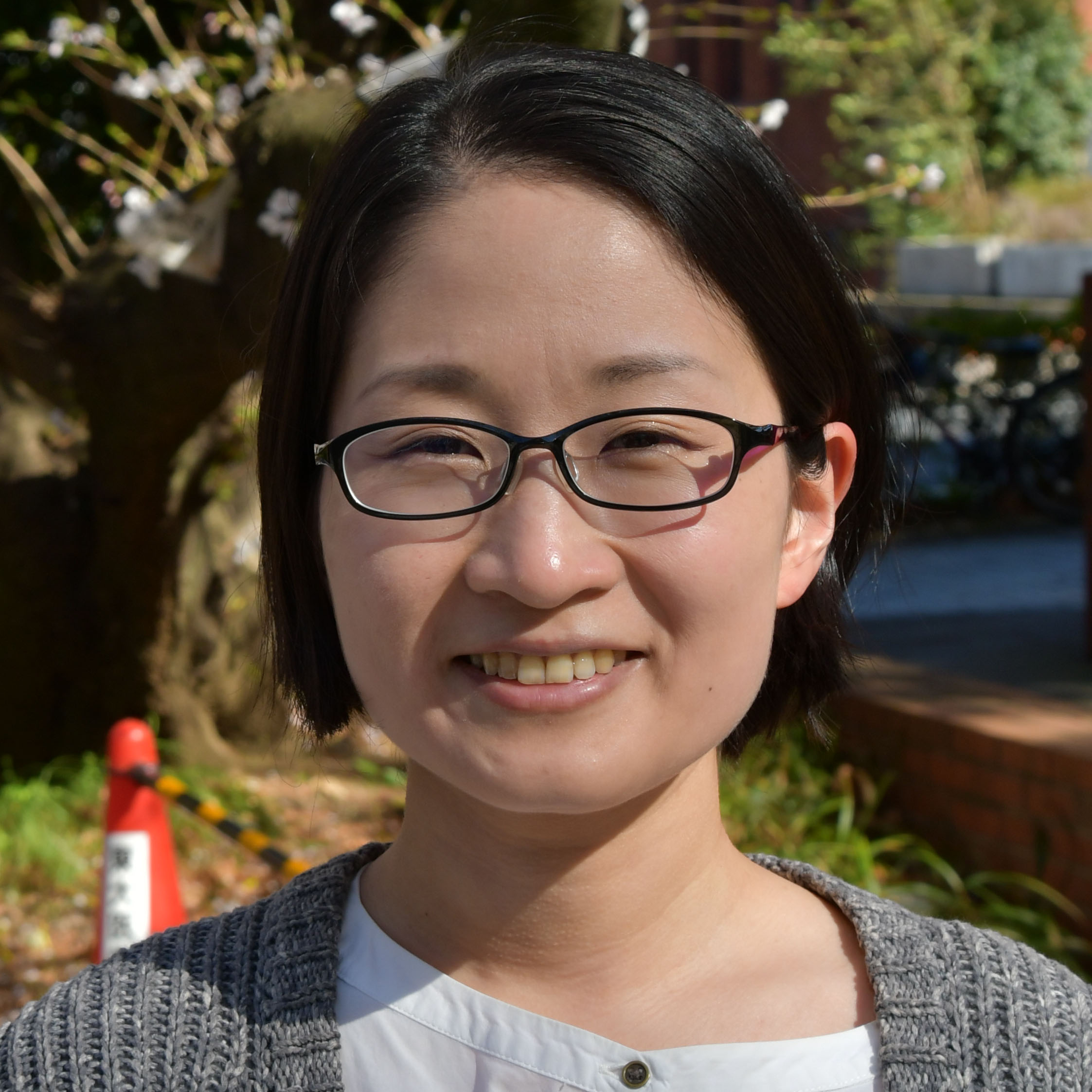
Dr Ai SHIMA
Project Research Associate
The University of Tokyo
Dr. Ai Shima started her research activity in 2005 as a bachelor student under the supervision of Dr. Ryoichi Matsuda at The University of Tokyo. She then continued her graduate training in Matsuda lab, studying the regulatory mechanism of skeletal muscle cell differentiation at low culture temperature. After getting a Ph.D. in 2011, she worked as a postdoctoral fellow in Dr. H. Lee Sweeney’s lab at University of Pennsylvania, and as an assistant professor at Kobe University. Since 2016, she has joined Dr. Shoji Takeuchi’s lab at The University of Tokyo and started working on the construction of three-dimensional skeletal muscle tissues, in which she combined her expertise in biology with the lab’s strong point, tissue engineering technology. She has a strong desire to continue her careers in academia and be an independent researcher. She is a cooperative person and can actively interact with others.
Three-dimensional skeletal muscle tissue construction by tissue engineering
In recent years, tissue engineering has been developed to construct artificial animal tissues by assembling cells and extracellular matrix proteins. The engineered tissues can be used as grafts for regenerative medicine and test pieces for drug discovery. For those purposes, the tissues must be similar enough to living tissues in terms of morphology and function. To construct biomimetic tissues, not only engineering knowledge and technologies, but also basic-biological background is required.
I have been working on regulatory mechanisms of myogenic differentiation for many years and am currently conducting research on “cultured meat”. Cultured meat is, so to speak, an artificially engineered skeletal muscle tissue consisting of culture-expanded livestock muscle cells, that has been attracting a lot of attention as a next-generation meat with lower environmental loads than the current industrial large-scale livestock. To produce meat equivalent to conventional meat, it is necessary to bring protein composition and the thickness, number, and direction of muscle fibers closer to the living body. Making a thick tissue is also important to produce meat that is satisfying to eat. However, thick tissues become necrotic inside lacking oxygen and nutrients unless there is a blood vessel-like structure. To solve this problem, I and co-workers propose a hollow-fiber bioreactor, which has a tissue construction chamber with multiple hollow fibers penetrating the tissue and allows perfusion culture through the hollow fibers. By using this bioreactor, we succeeded in constructing a large three-dimensional chicken muscular tissues in which cells survived and differentiated into myofibers across the whole tissue.